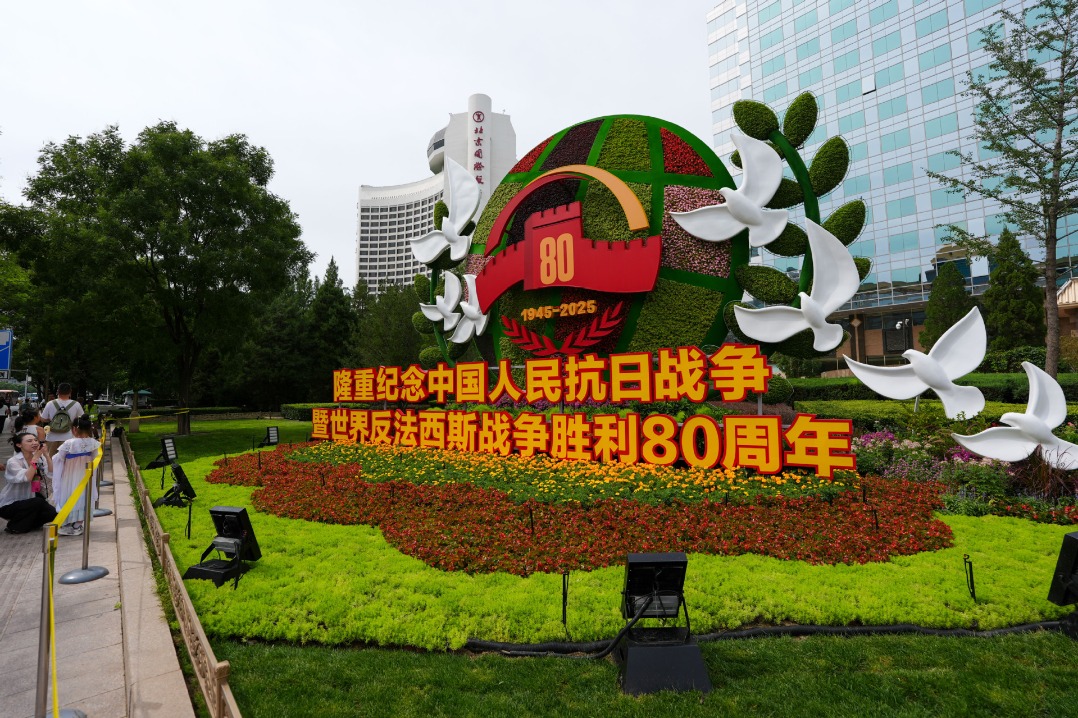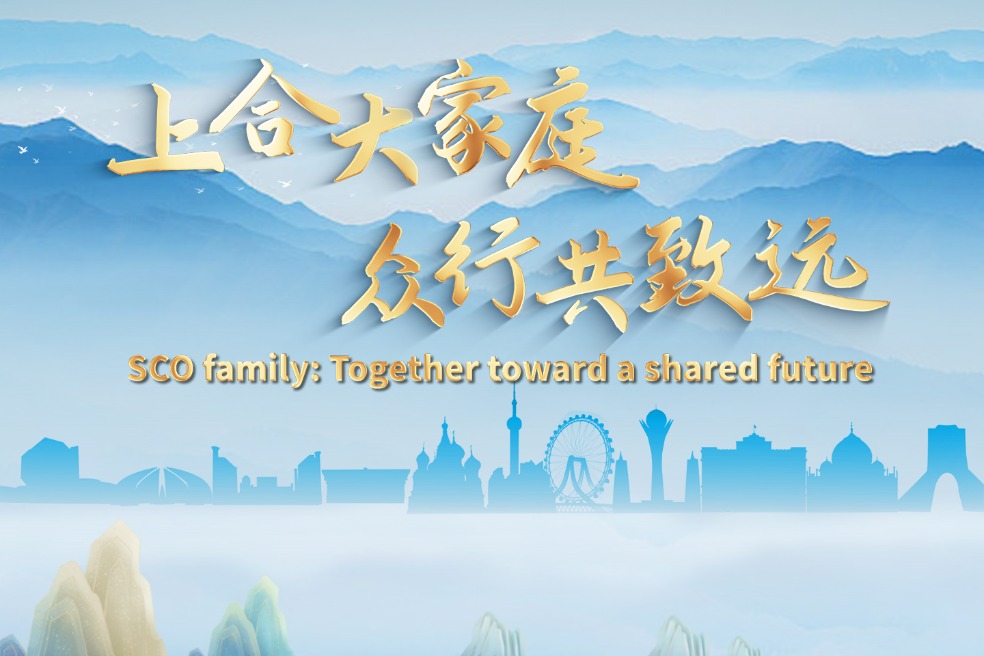For all the tea in China, there's one way to get a taste

| Charlene Wang, founder and director of Tranquil Tuesdays, gives a tea tasting demonstration at the Asia Society in New York on Tuesday. Chris Davis / China Daily |
California-born, fourth-generation Chinese-American Charlene Wang has had a thing about tea her whole life. After graduating from Wellesley College, she joined the Foreign Service and got posted to Bangladesh, where she spent vacations touring the tea gardens of India, Sri Lanka and Bangladesh.
Reposted in Beijing, she started exploring all the historic tea shops and houses, but it was at a meeting with government officials that lightning struck. Official meetings always had the best tea, but this was different. "I don't even remember the meeting, but the tea, I was like wow, I didn't even know tea could taste this good!"
She began to ask around and soon learned lesson one: "The best tea never leaves China," she said. "What does get exported is usually the kind of stuff Chinese people don't drink."
And that's when she got the idea of introducing real Chinese tea to the outside world and her company Tranquil Tuesdays was born.
According to Wang, several things make Chinese tea special.
They are all regionally produced on a relatively small scale. "The majority of Chinese teas are still hand-picked and hand-processed," Wang said, "in stark contrast to places like Sri Lanka or India or places where bigger manufacturing is done by machines."

Chinese teas are also place specific. Different regions specialize in different types of teas. As with wines in France or Italy, the terroir (the soil, climate, terrain - everything that affects growing conditions) is key.
And with Chinese teas, there are no scents or blends. "With British, French or German tea, they like to mix teas and put different flavors in like strawberry," she said. What gives Earl Grey its distinctive taste is the bergamot [orange] peel - not a tea flavor.
The Chinese tradition is to present "the pure, natural flavors of the leaf, but even so there's such a range of flavor profiles and taste. It's really exciting to be able to taste the variety of tea all over China", Wang said.
For a lot of people, the world of Chinese tea can be intimidating. "It's a big country, they've been doing tea for thousands of years," she said. "Even within green teas, there are hundreds of different kinds in China. How do you know which one you will like?"
All tea around the world is sorted into one of six categories: white, green, yellow, oolong, black and then post processed "aged" dark teas like pu'er. China is one of the few countries that produce all six. Japan focuses on green tea; Sri Lanka, India, Kenya and Rwanda on black.
To help people make the overwhelming choice a little more manageable, Wang has picked "a distinctive example of each type".
What distinguishes a white tea like White Peony from say a green tea is the level of oxidation. "A green tea is green because it has not been oxidized -they use heat to control oxidation - whereas white tea has been lightly oxidized. Oolong is partially oxidized; black tea is almost fully oxidized. Pu'er is its own thing, aged and actually fermented," she said.
Fuding, Fujian province is the origin of all white teas, which tend to be more delicate, lighter and sweeter. "White tea is usually the first flush of spring, the youngest tea. Tea is seasonal, so in China they usually pick just two harvests - spring and fall, whereas in India they pick year round. If it's spring, then the whole winter your tea is dormant so it has all the nutrients and flavors," Wang said.
To represent green teas, Wang picked Mao Jian from Wuyi, Fujian province, not only because she likes the taste - it has a "grassiness and "vegetal green taste" but also a kind of "nuttiness" and not too "grassy"- but also because it is one of China's first organically produced teas. "They started over 20 years ago doing organic tea, which is very rare," Wang said.
Oolongs she considers the most exciting category because there is such a range of flavors and they tend to be more complex. Here she picked what "is probably China's most famous oolong - Iron Goddess of Mercy".
"A lot of teas that are famous or popular in China are not well known outside of China, and a lot of teas that are popular outside of China are not sold in China at all," Wang said.
Black tea, like Qimen (also spelled Keemum), is the basis of English Breakfast tea and pu'er growers have been experiencing a boom thanks to rumors that their tea causes rapid weight loss.
Contact the writer at chrisdavis@chinadailyusa.com.
(China Daily USA 05/15/2014 page2)
Today's Top News
- Industrial upgrade pivots on digital tech
- Media center begins operations, welcomes journalists
- World leaders to attend V-Day events
- Commemorating victory against aggression upholds peace, justice: China Daily editorial
- Military drills against regional consensus: China Daily editorial
- China, India should jointly maintain peace in border areas, Defense Ministry says
































